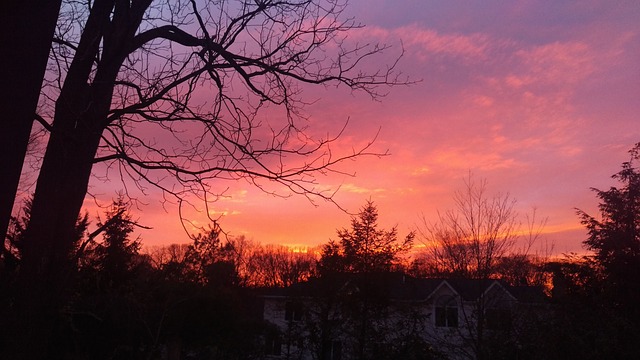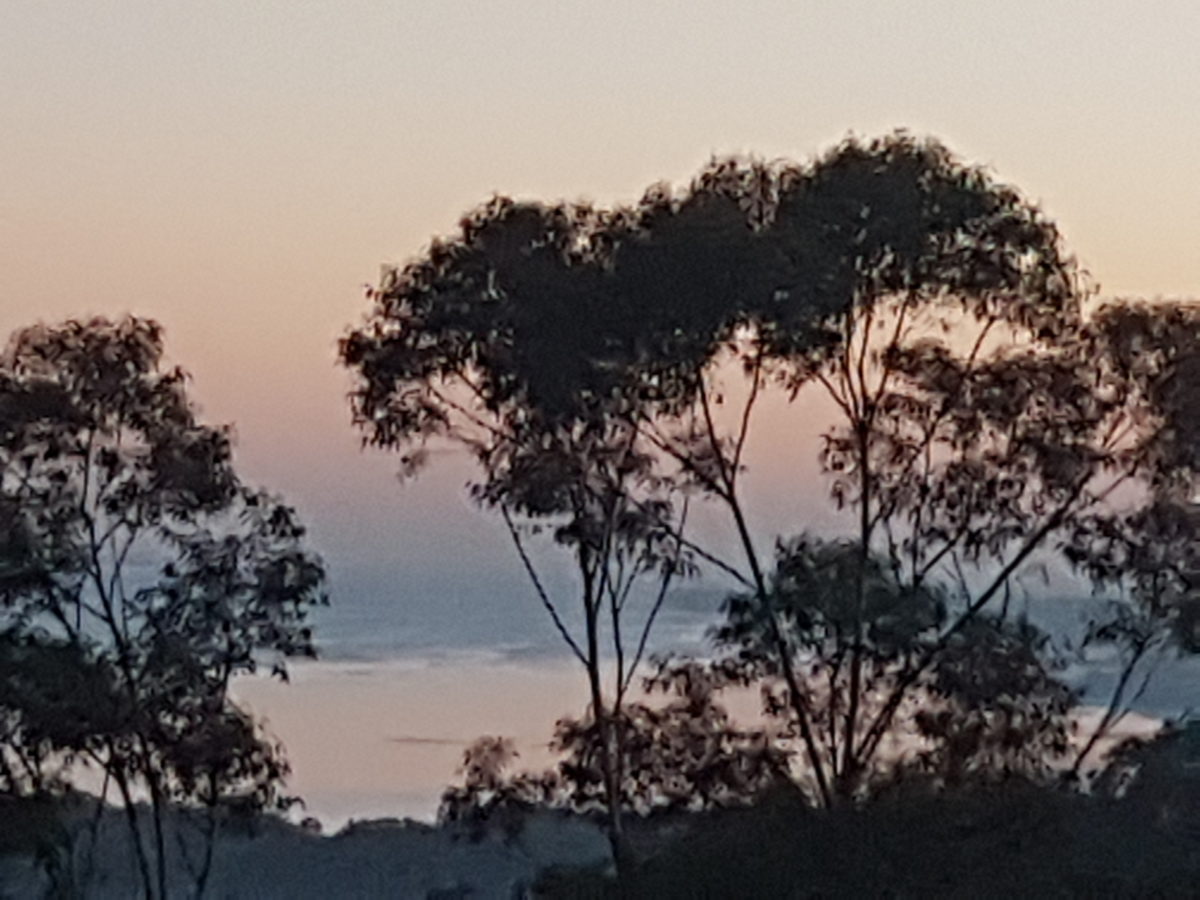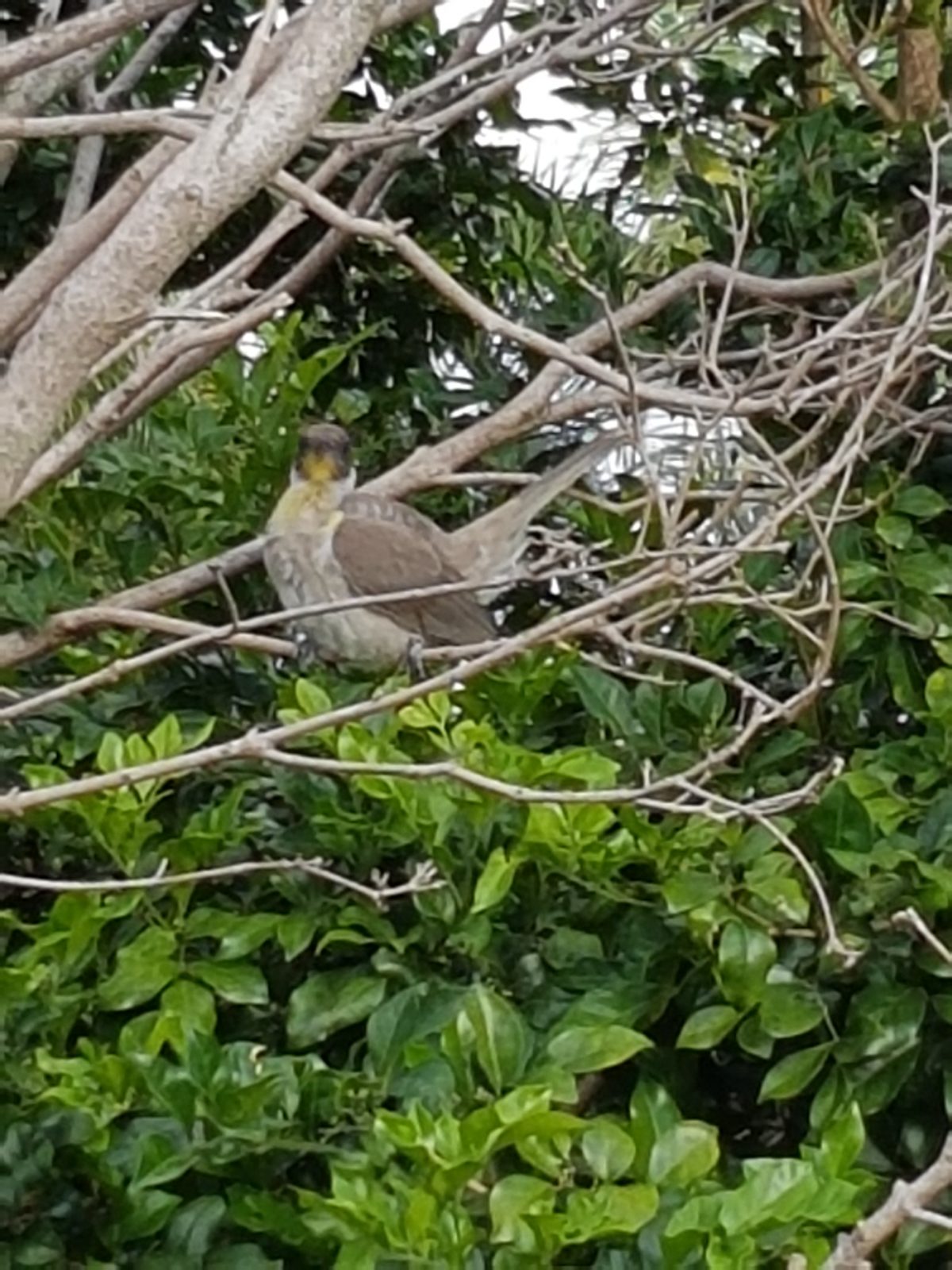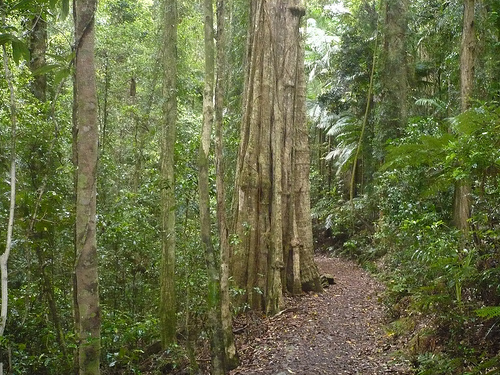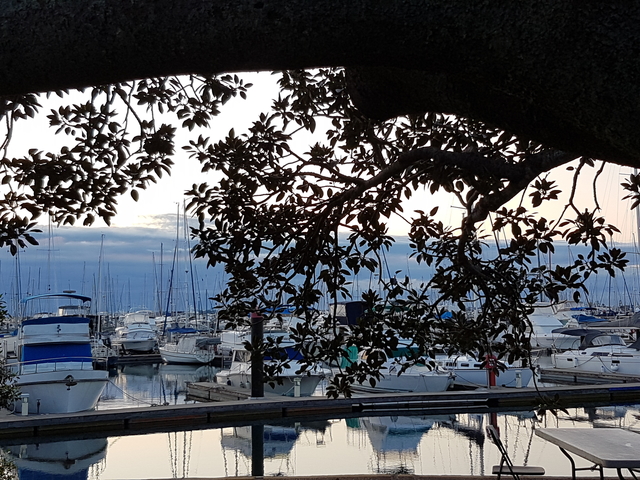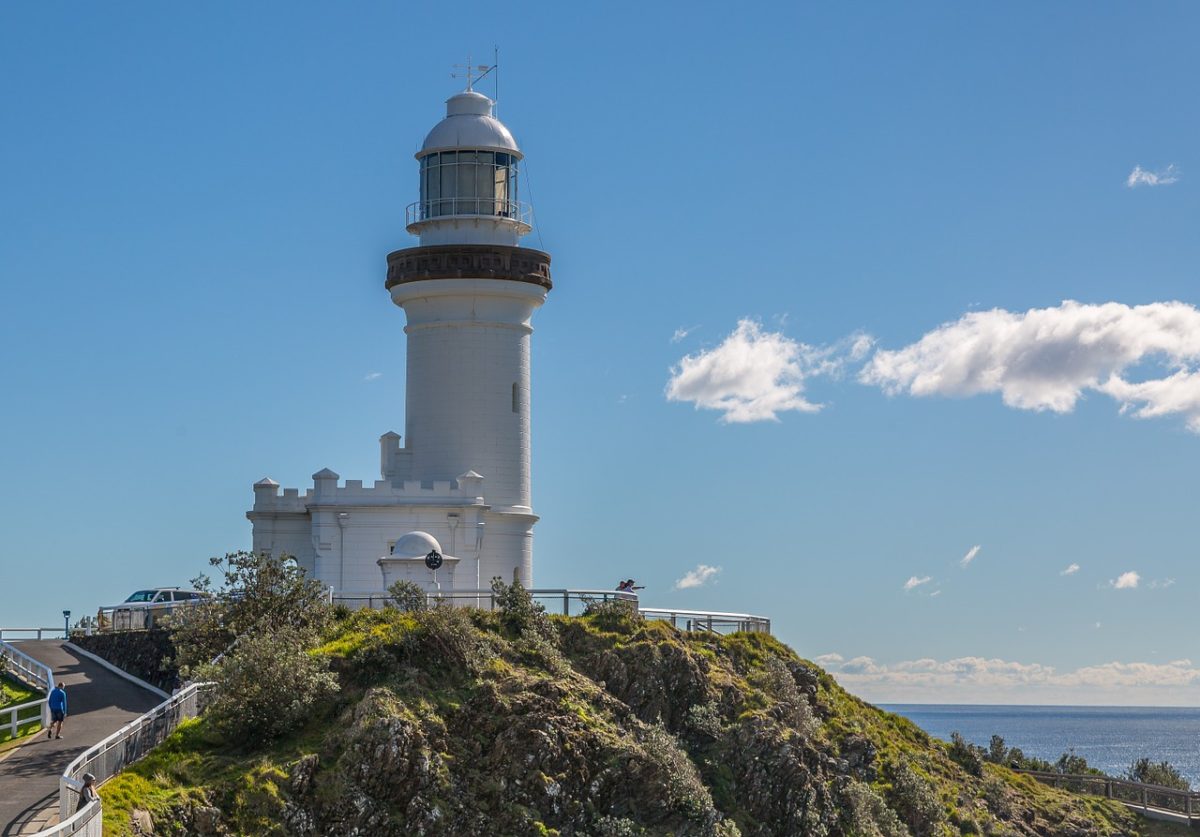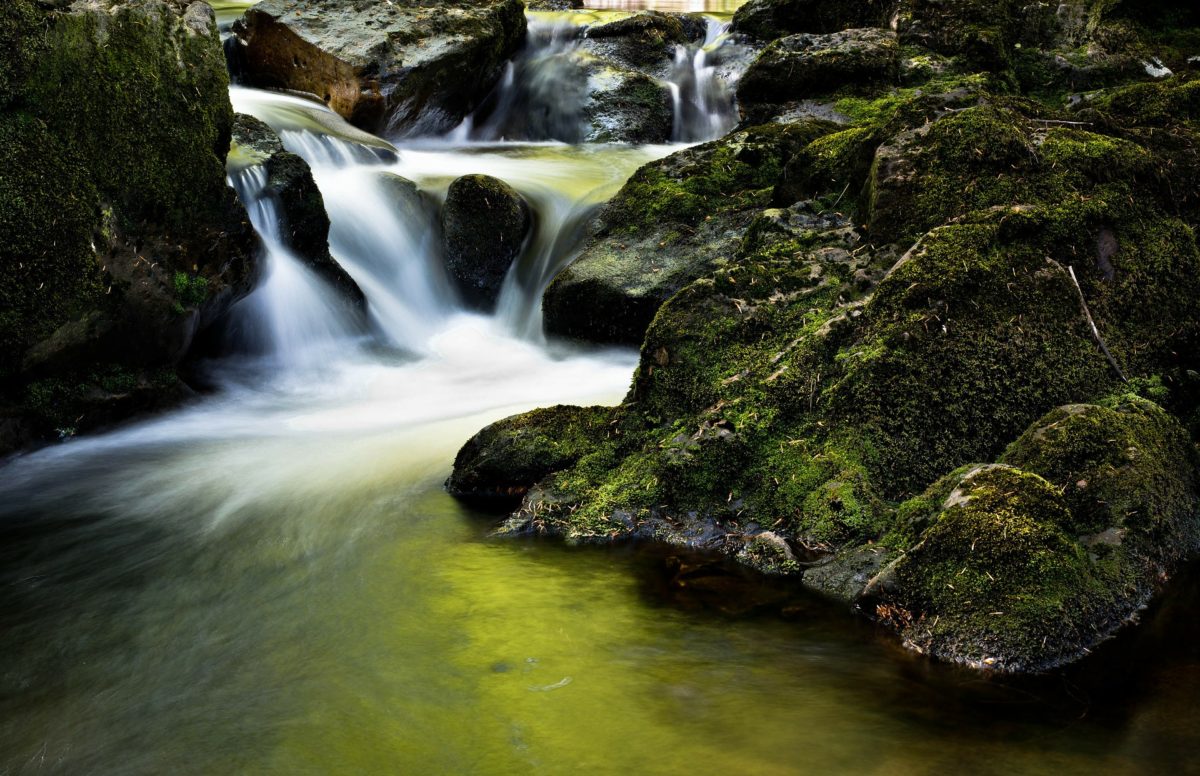In a previous post, I discussed the benefits of being still – stopping the rush of our busy lives.
Sometimes, there is beauty before us and we fail to stop and look – we often do not see the sun setting on our day.
Each sunset produces an astonishing palette across the sky – a unique combination of colours and shapes that are often awe-inspiring. Every day we are offered a different vision as the sun sets. How often do you stop to see what is offered to you so freely?
We are so caught up with things to do that even if we want to stop to look at the sunset, we feel the pressure to keep moving and doing – we experience time pressure that shapes so much of how we live our lives.
Paulo Coelho, in his inimitable style, catches this tension perfectly when he describes how the central character in one of his books, Brida, experiences this challenge:
Whenever she sat still, just looking at something, she got the feeling that she was wasting precious time when she should be doing things or meeting people. She could be spending her time so much better, because there was still so much to learn. And yet, as the sun sunk lower on the horizon, and the clouds filled up with rays of gold and pink, Brida had the feeling that what she was struggling for in life was exactly this, to be able to sit one day and contemplate just such a sunset. (Brida, 2008, p.112)
Therein lies the challenge for us each day. We can stop and look at the sunset as a form of mindful practice or carry on with our busy lives. Each sunset offers us the opportunity to grow in open awareness and mindfulness.
Image Source: brigitteforum on Pixabay
